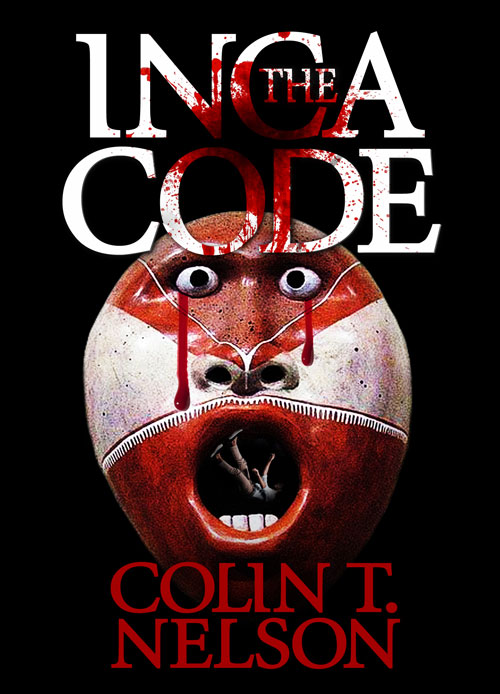Recently, here in Minneapolis, a man came upon a robbery and chased the attacker. According to the rescuer, the attacker pulled a gun out at which time the rescuer (who was licensed to carry) shot and killed the attacker.
 Last post, I wrote about the law of self-defense in Minnesota. But if the rescuer didn’t shoot in self-defense, he may be guilty of homicide. Some readers think the rescuer was a good Samaritan who tried to help the victim by recovering property and catching the attacker. Others think the rescuer acted improperly as a vigilante and presents a dangerous threat to the community.
Last post, I wrote about the law of self-defense in Minnesota. But if the rescuer didn’t shoot in self-defense, he may be guilty of homicide. Some readers think the rescuer was a good Samaritan who tried to help the victim by recovering property and catching the attacker. Others think the rescuer acted improperly as a vigilante and presents a dangerous threat to the community.
After the shooting/death, Minneapolis police investigated the case and presented their evidence to the prosecuting County Attorney. The elected prosecutor, Mr. Michael Freeman, has announced that the shooter will not be charged with a crime.
Does this mean Mr. Freeman sides with the good Samaritan viewpoint?
I don’t think so. As a former prosecutor myself, there are two points to be considered by Mr. Freeman:
1. What evidence does the prosecutor have?
Since there were only two people involved in the shooting and one person is now dead, the only evidence left is the shooter’s version–which he claims is self-defense. The County Attorney doesn’t have any other contradictory evidence, so that by itself dictates the decisiion to not charge the rescuer with a crime.
2. Is there any forensic evidence the prosecutor could use?
If the Medical Examiner performed an autopsy, it may support or contradict the shooter’s story. For instance, if the victim was shot in the back, that could contradict the self-defense claim of the shooter. I don’t think any such evidence exists to contradict the shooter.
If you consider both these points, it’s easy to see the County Attorney’s decision was the only position he could take under the circumstances regardless of how he may feel about the incident.






